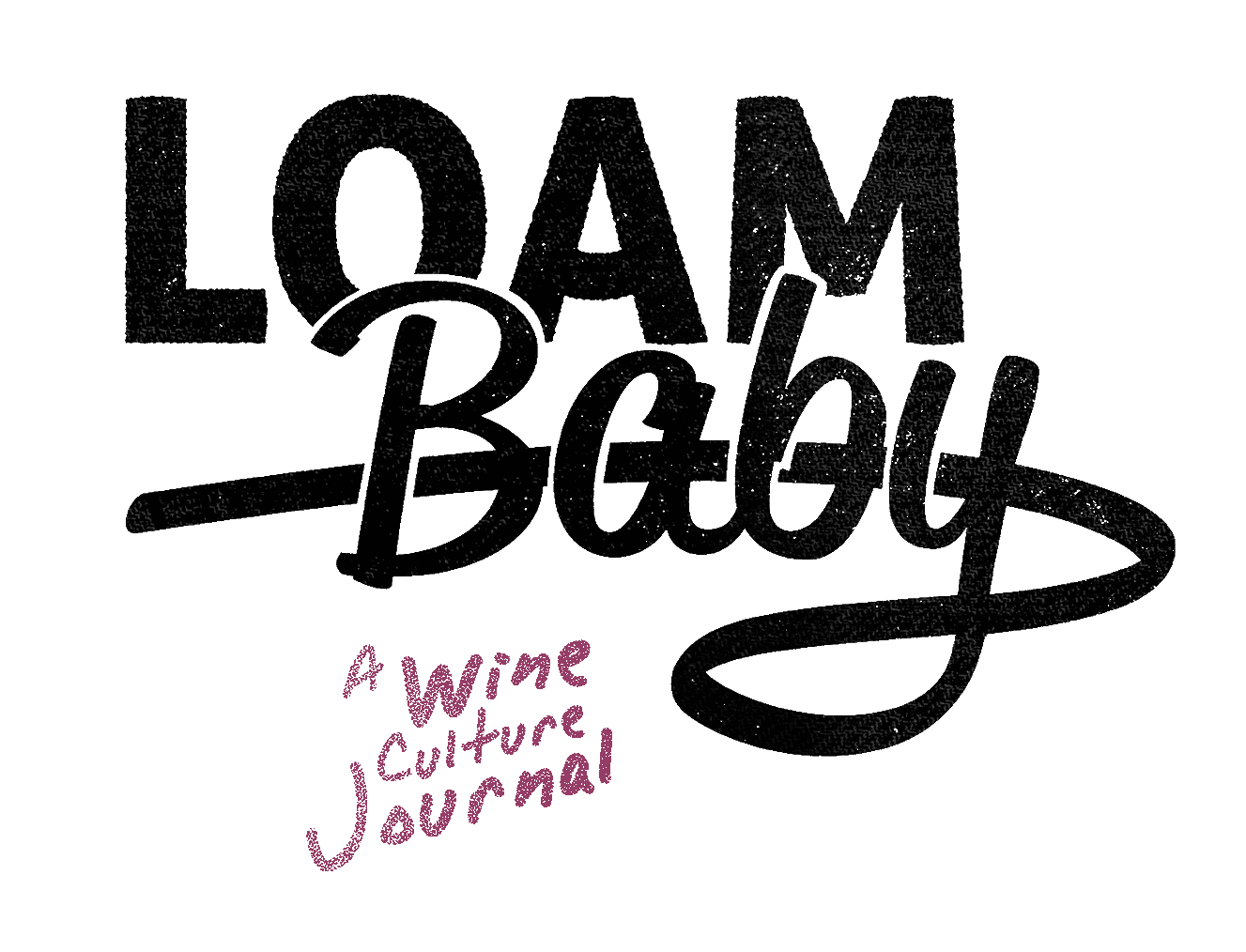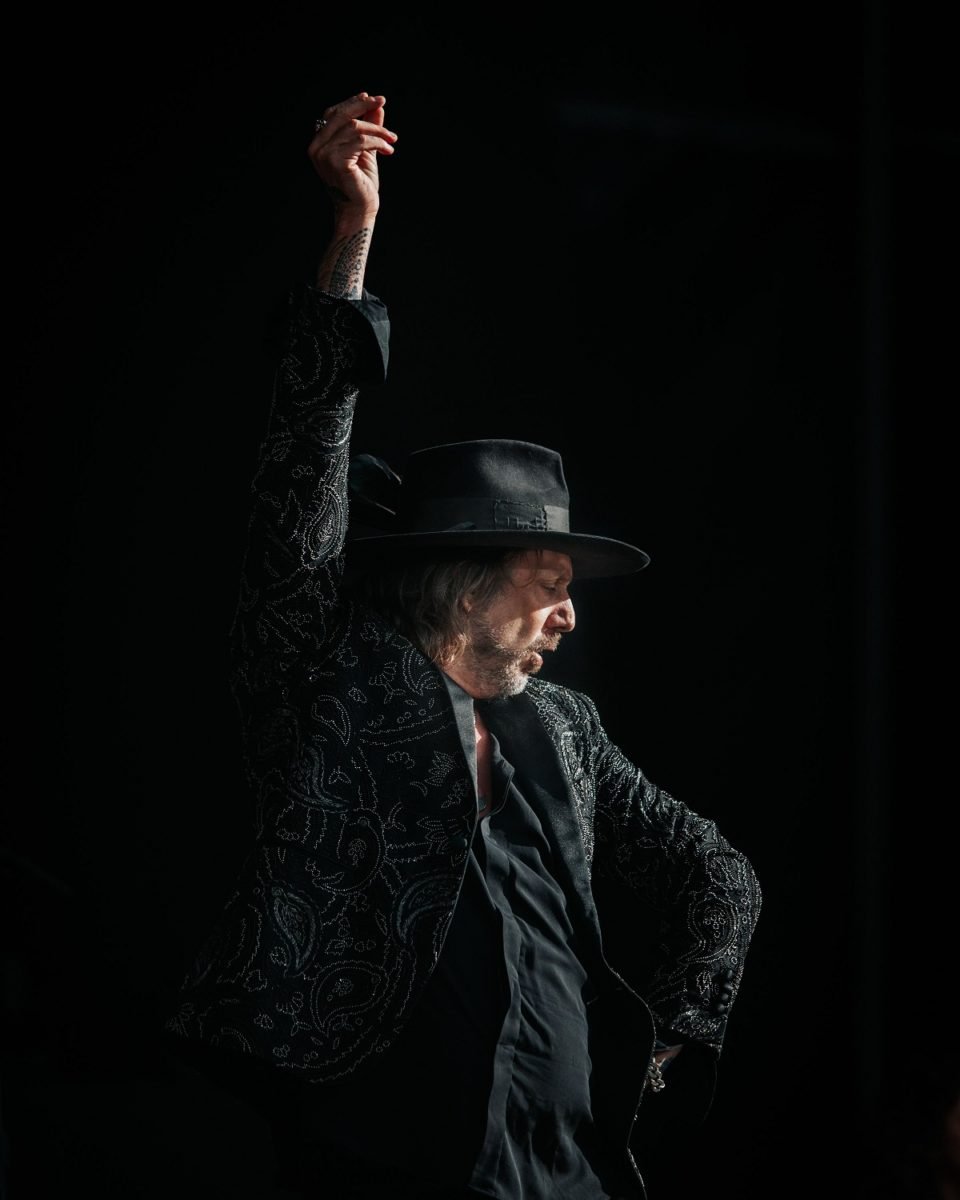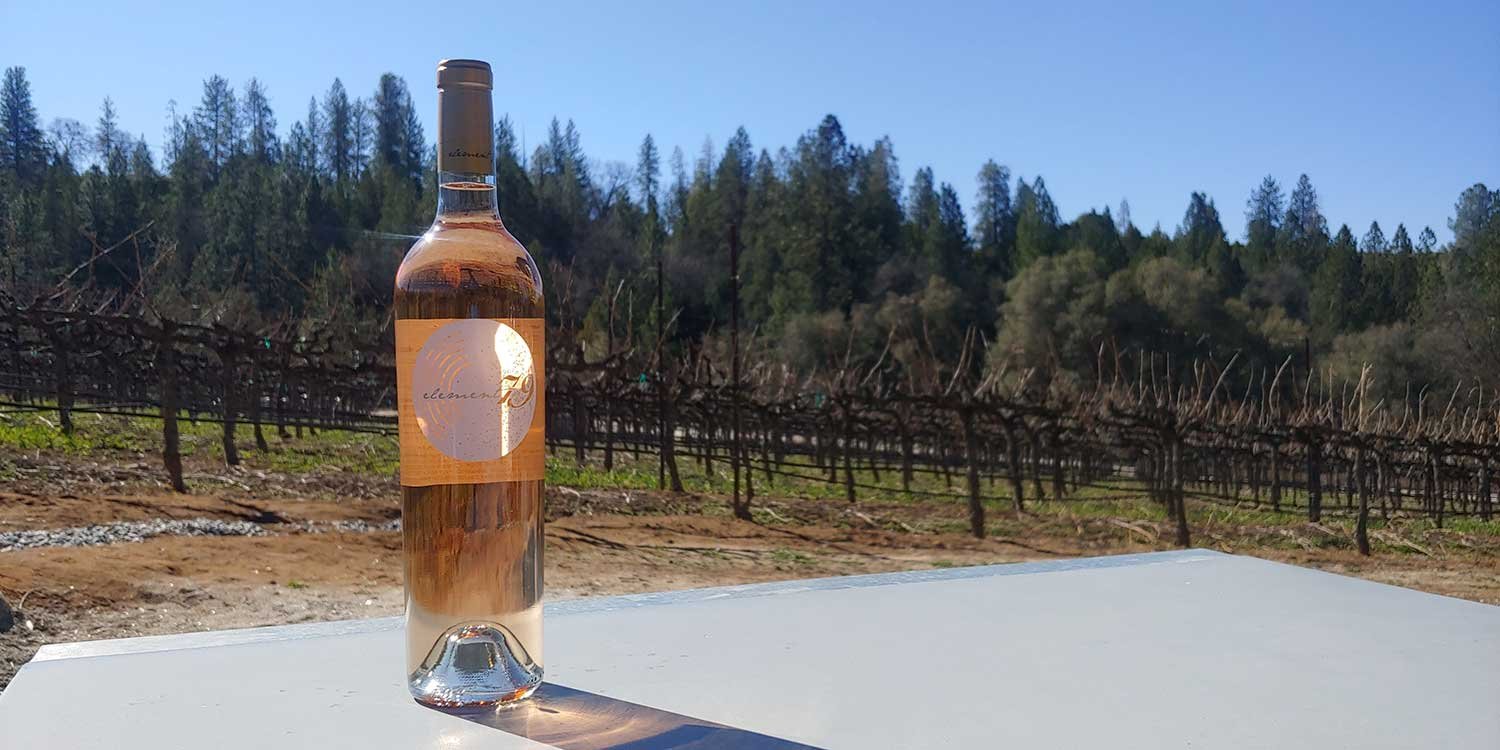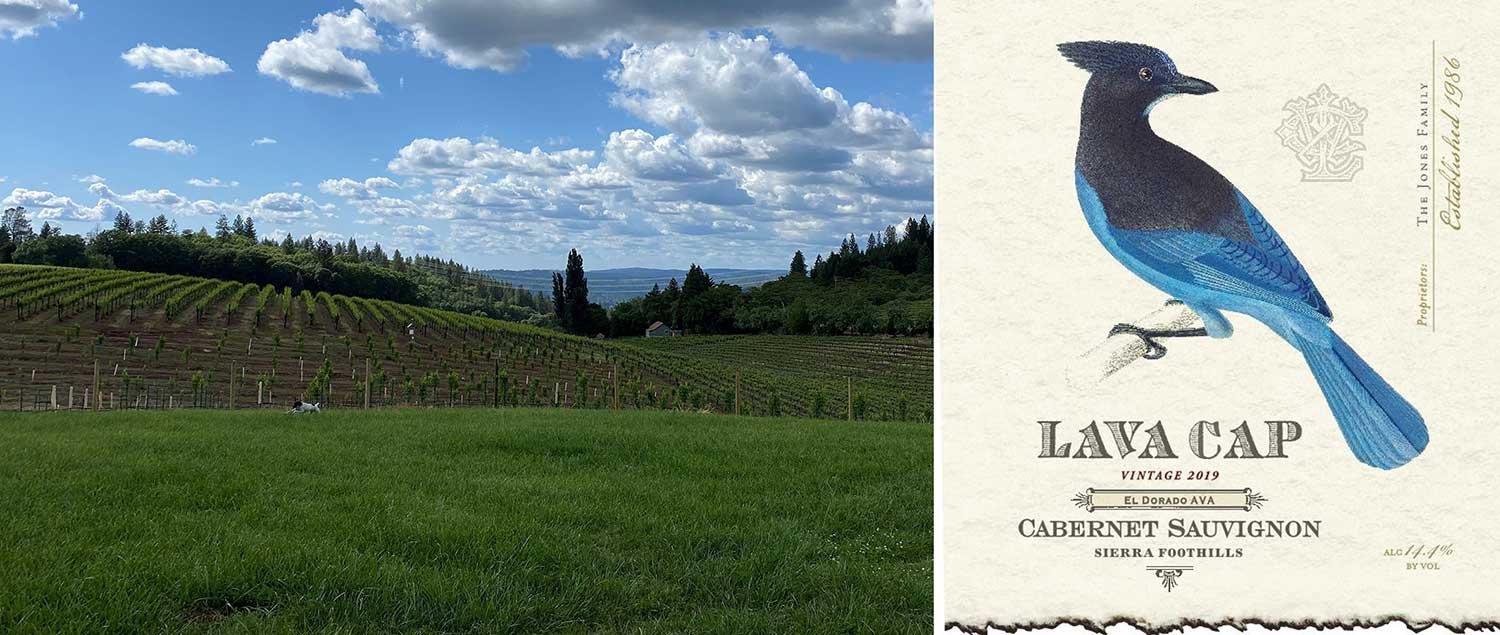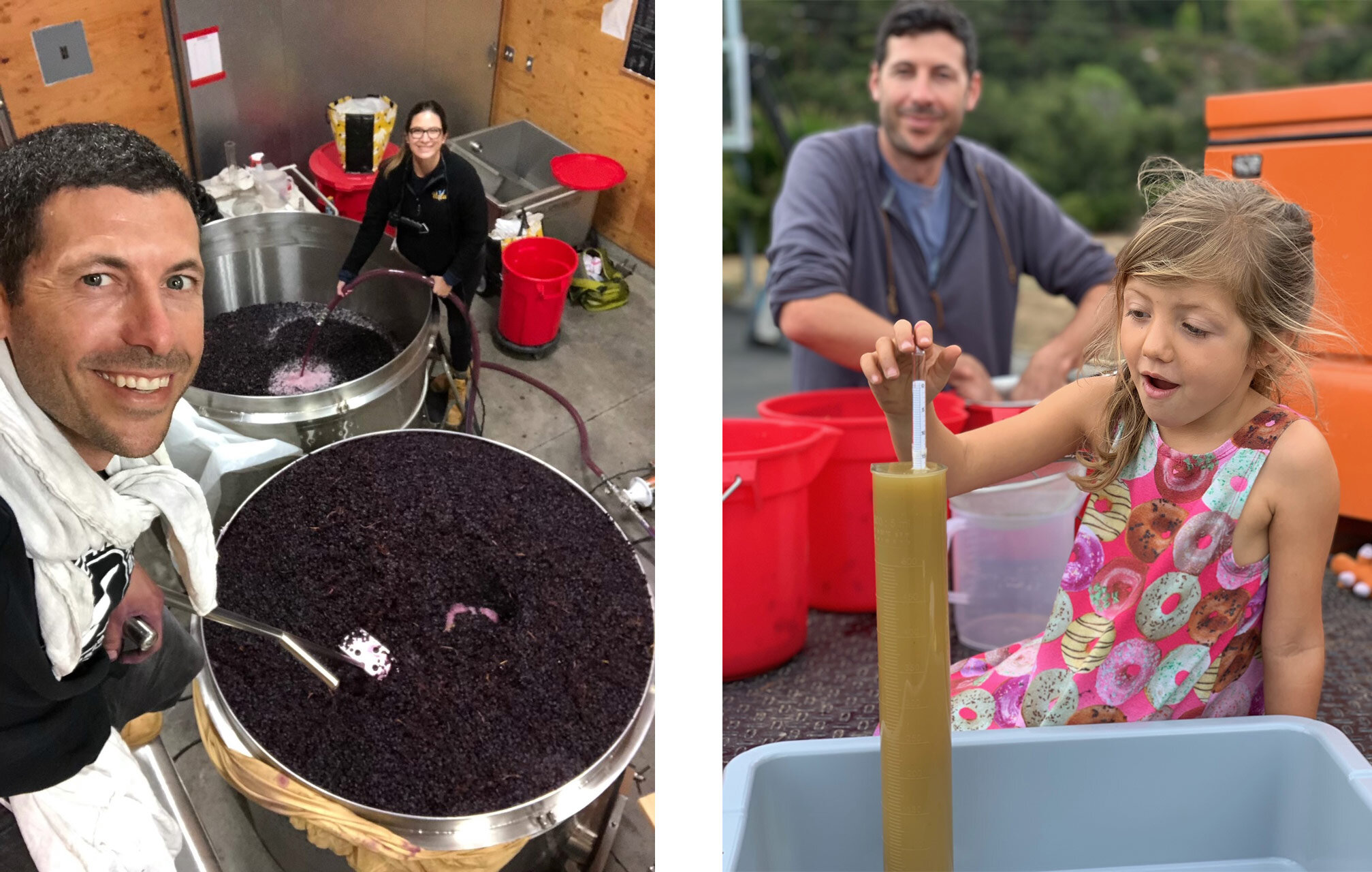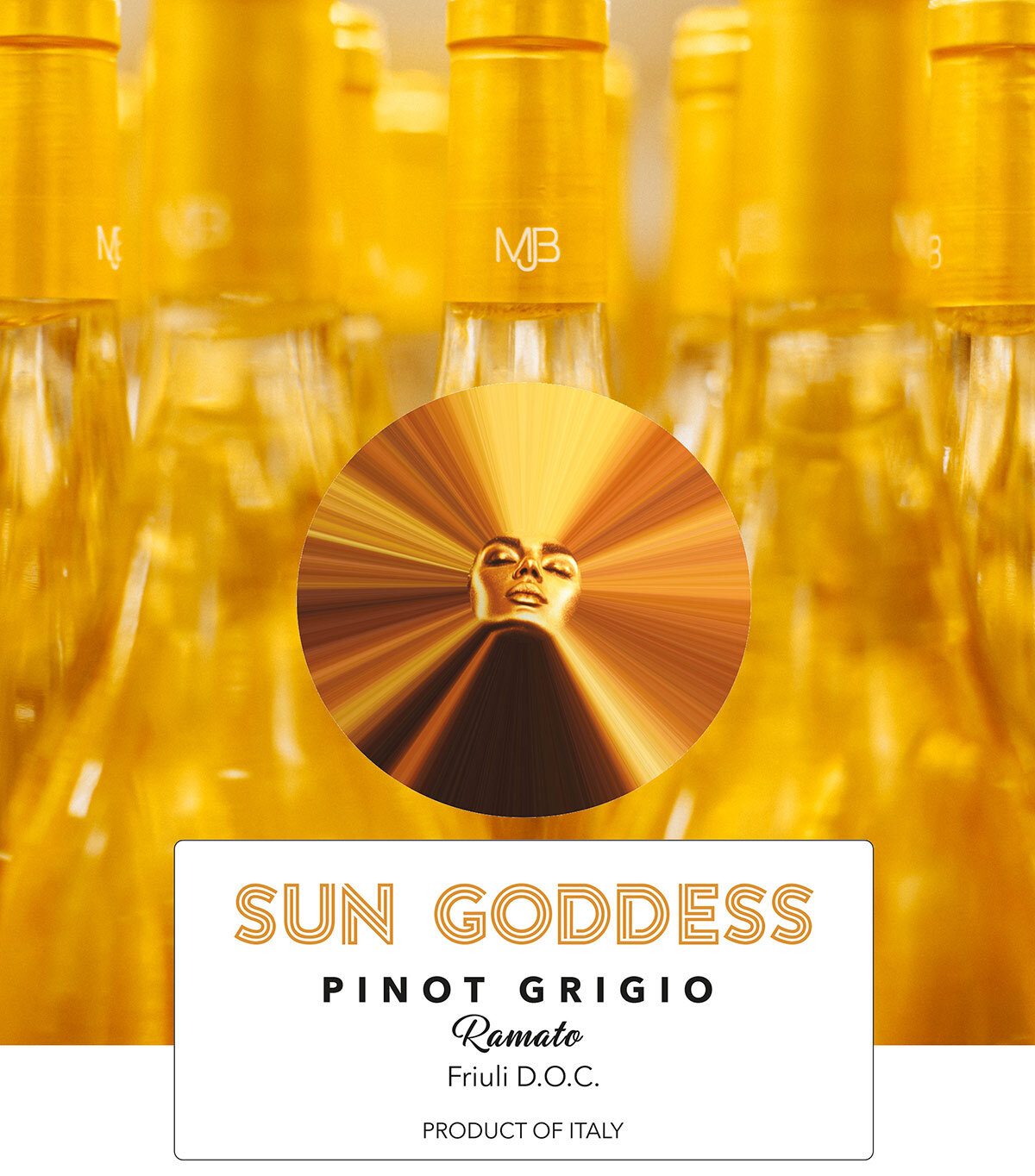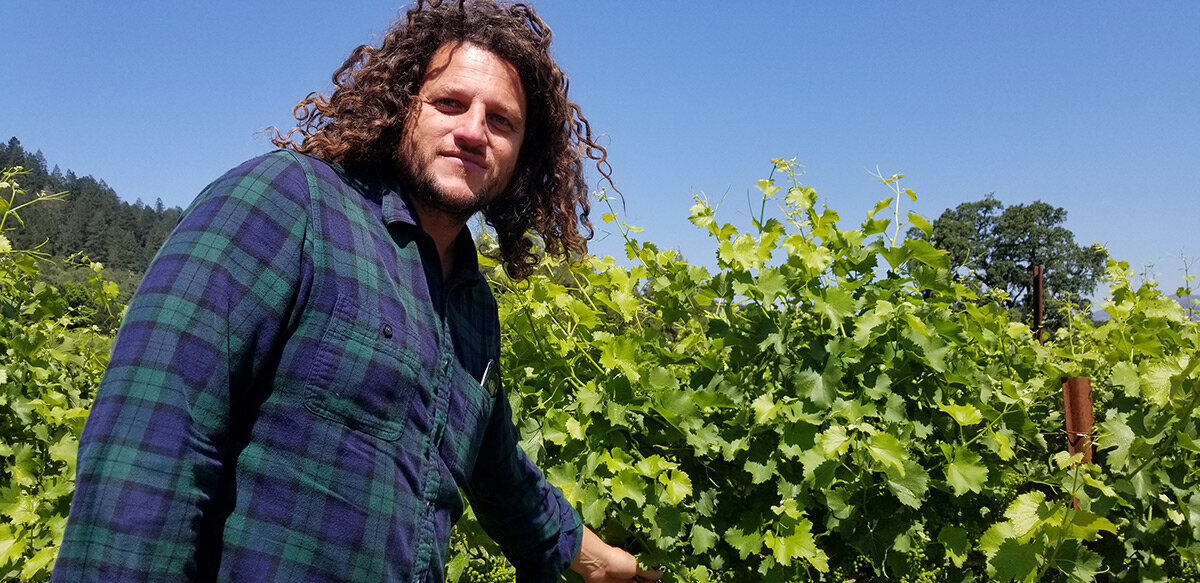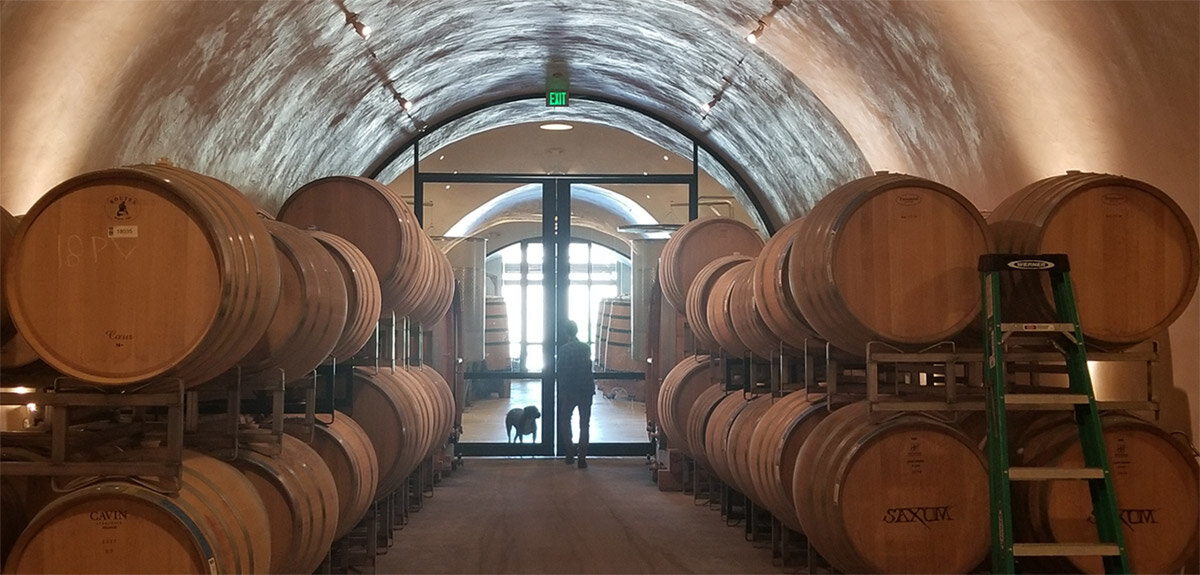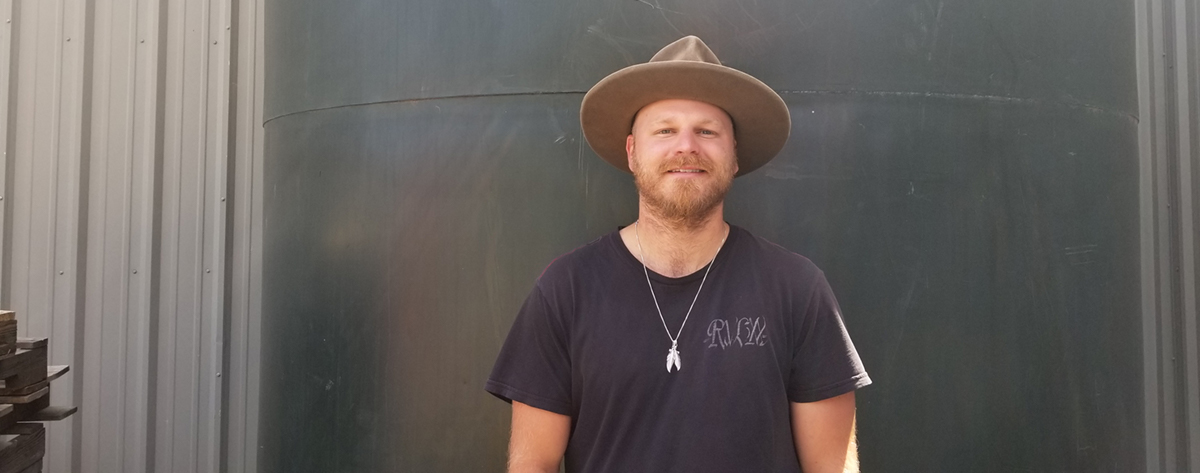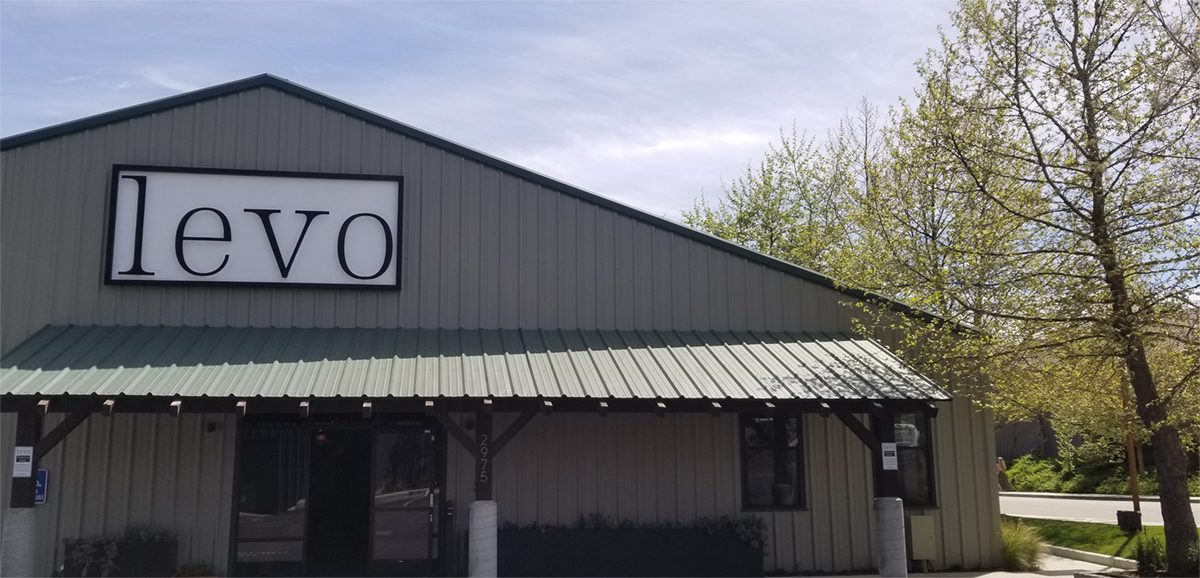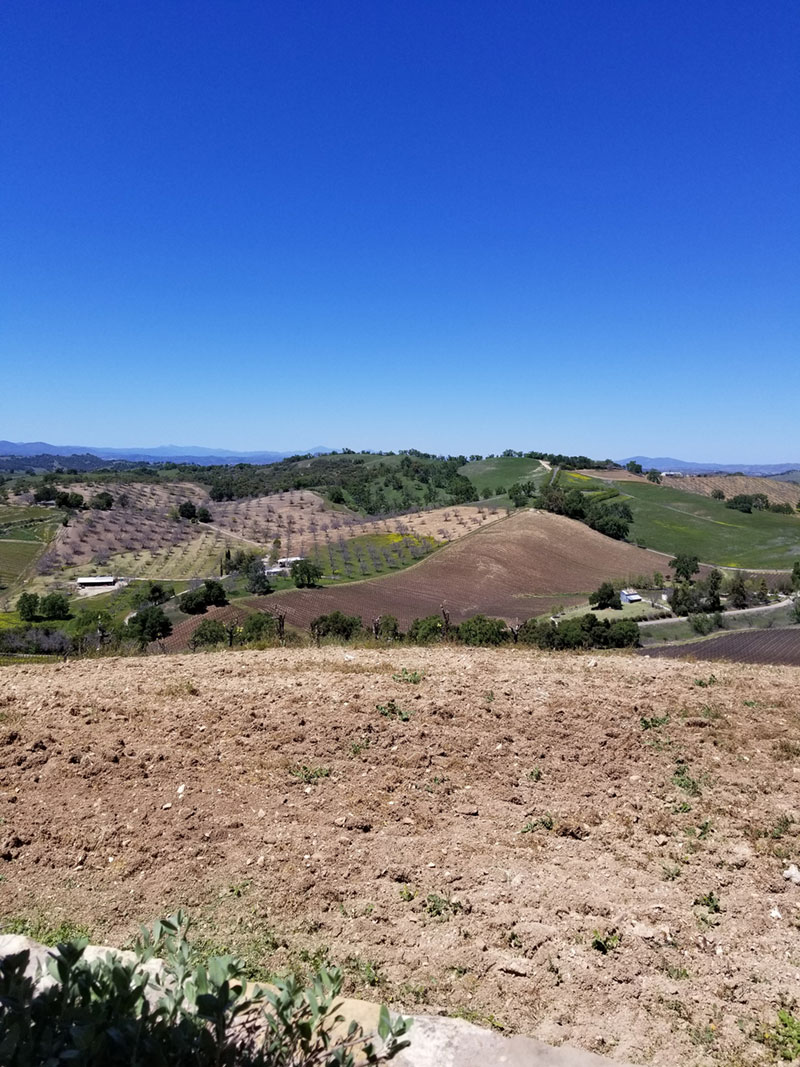RHD: It's no secret that I love hipsters. I don't like to call them hipsters, though, as I kind of view that word the way the establishment used the word "hippie" in the 60's and 70's. It's not just a descriptor, it's a value judgment. The young people that I know whom the media or pundits might describe as hipsters are nothing more than young folks trying to be resourceful; make their own clothes, furniture, art, specialty products, etc., in order to give modern life some soul and meaning. I call them my "hopesters."How do you view that culture? Am I being too idealistic about these young folks?
RP: I really don’t like labels for anything, and I would relish spending the rest of my life not hearing the word hipster. I certainly get an idea of what the stereotypical poster child for hipsters, male or female, looks like. But I think it’s silly. In every era young people want to authenticate themselves, develop an identity, and respond to the challenges and crises of their time. All of this has a profound impact on any generation. How they react and how they see themselves as different is not unlike the baby boomers regarding anyone “over 30" as inherently untrustworthy. I think some of what you are referring to is the younger generation wants to get back to a simpler lifestyle. We’ve been so overwhelmed with modern technology and creature comforts that one could actually get lost in the excess of conveniences and things made easy for them. Perhaps part of more recent generations are looking for more authenticity and simplicity in life.
RHD: These seem like dark and scary times. History has a way of being cyclical, doesn't it? What is your level of pessimism or optimism these days about the future of our nation and the world, in general?
RP: I see the United States in 2017 as heading into very uncharted areas. The extremely distasteful political campaigns of 2016, and I am talking about both sides of the fence, was thoroughly disgusting. So many people have died or been maimed for our wonderful freedoms and democracy. To see the disrespectful and cavalier way so many politicians on both sides of the aisle treat each other and their constituents is shameful. The outright hatred, insults, mocking and partisanship has split the country into at least two large sectors. We seem to lack any leader capable of healing the wounds and bringing the country back together.
As much as I admire President Obama as a father, a man, husband and person, his verbiage, rhetoric and record have caused more division than I would have ever dreamed possible when he was elected. We now have a crude businessman, President Trump, who is not articulate, and who elevates mockery to daily discourse and uses insults rather than diplomacy. But for my part I believe the country needs to support him and see what he can do. But, I am not optimistic, and I do agree that he deserves to have a chance. I’ll just keep my fingers crossed tightly!
One of the things that has me worried is the extreme division and social inequality and the fascist political correctness which is dominating our schools and universities. It is counterproductive to have social hierarchies that are defined by inflexible and uncompromising straitjackets. None of this even allows for discussion of the true problems that modern society has to confront, resulting in the most surreal destruction of liberalism, freedom, as well as diversity of thought which has to be cherished and protected.
RHD: I guess I’m even less optimistic about Trump getting even one thing right. That he supported and even aggressively perpetuated the whole “birther” movement disgusts me. In essence, he was saying, “Hey, Barack Obama, you sure you deserve a seat at the table? Are you sure you belong in the White House? Cause you don’t look like “us”. Your skin is a different color.”
I mean, I don’t know how else to interpret that whole birther movement. So, if he has the nerve to call into question whether or not a remarkable man like Barack Obama, who dedicated much of his life to public service, is fit to run this country, just imagine what he must think of all the other black people, other people of color, Muslims? It’s chilling if you stop to think about it. For that reason, I don’t recognize him as my president. First time in my life. I’m hoping he gets impeached before his four years are up. I will do what I can in my power to protest, not just at rallies, but with my dollars. I’m not buying anything else from Home Depot until they publicly denounce co-founder, Ken Langone, who mightily donated to Trump, knowing full well, even then, about Trump’s involvement in the birther movement. That’s blatant white supremacist thinking. And, while it was nice of Starbucks to send out that tweet about their willingness to hire refugees, I need to see more from them than that. I’ve been in PR and marketing for many years; I know a PR move when I see one. If they really stand in solidarity, I’m going to be asking them to please shutter their doors at their location inside Trump Tower. And, of course, the Trumps are pretty litigious people, so how much money is Starbucks willing to put into legal fees, if it comes to that, to shutter their doors there? How many corporations are really willing to stand in solidarity? I’ve sent a few tweets to Starbucks, but no one has responded yet. If they don’t respond, then I’ll start moving towards spreading the word of a boycott within the local county where I live.
I mean, make no mistake, this country was built on the backs of slaves, which is why there’s still so much fear of “the other” in this nation. We simply won’t acknowledge that fact. So, if I can’t give up a cup of coffee in the name of solidarity with the oppressed and marginalized, then what kind of weakling am I? And, I bought detergent yesterday, so now I’m doing research on that product…who on their board or at the highest level of whatever entity owns that brand, donated to the Trump campaign, and then, if necessary, I’ll issue a boycott ultimatum with them, and ask that they publicly denounce these current supremacist policies, and so on. I’ll be taking my protests of corporate entities that supported the Trump campaign to social media, and in my own community. And, the wine business would not exist without Mexican people, and other ethnicities willing to take jobs others just don’t want to do. And our Jewish friends are haunted on a daily basis by the reality of this new white supremacist regime. So, I’m very invested right now in protesting with my dollars.
See, I’ve consulted for a lot of rich people in my career; a couple of billionaires and lots of millionaires. And, while, of course, there are very wealthy people out there who are deeply decent, and who put their wealth to good use, some cats with tons of money are super insecure. Their identity is pretty much tied up in what they own and how many fancy people they know. They’re actually very easy to read because they never pay attention to anything anyone around them has to say unless they start to lose money, or fancy people stop associating with them. When that happens, they wig out and start looking for ways to divest and get the hell out of dodge because their egos are no longer being stroked. So, the only way this current administration is going to switch gears or completely collapse in on itself is if they start to lose money, and influence among the moneyed.
It’s at times like these that I find it hard to look for the sunny side of the street. I’ve been pondering the meaning of life a lot lately, and the barbarity of our species.
RP: I have always thought about the meaning of life and I’m sure I am hardly alone in that respect. Perhaps it is trying to simplify a complicated idea, but I have tended to believe that all of us are given certain positive characteristics to profit from in life. At the same they are counterbalanced by a set of negatives and potential problems that, if allowed to persist and fester, will derail even the strongest individual. Think of it as a yin and yang. We need to overcome the negative setbacks, the slaps in the face, or whatever they might be – health issues, financial problems, mental stress, economic woes – and stay focused on the good things we can do, we enjoy, and we benefit from. If we stay focused on the positives, as you put it, “the sunny side of the street,” we are likely to have a more enjoyable life than if we let the negatives dominate our daily life. I don’t think there is anyone, from Nobel Prize winners to the greatest actors and actresses, authors and athletes, who has not gone through deep, depressing times when they question their value and what their contribution and role in life should be. Yet it is during those times when we must remain positive.
RHD: Yes, when I used to get severely depressed, I’d reach out to you and maybe tell you I was a little sad, so you’d bombard me with videos of dogs doing silly things. Then, I remember writing you an email saying, basically, why bother with this life? And, you were pretty firm in telling me that I had to find a sustainable way to get through those depressive bouts. Whatever it was; I had to figure out a way through. I remember you said, “You’re smart. You can do this.” And, then my dog, Ruby, died, and all of a sudden I stopped believing in God. That probably sounds like an insane non-sequitur, but there was just this moment of clarity; I found Ruby dead one morning, and in that moment, I knew that she and I were the same, and that I am just another species. I certainly don’t mean to judge anyone who believes in God. What do I know? But, I just found my own sustainable way to make it through those bouts, and for me, finding that way meant losing my religion.
You know, I was raised by Catholic immigrants. Like a lot of immigrant families, Mother Mary was probably the focal point of our family’s worship; of our faith. We’d go to mass and the priests would talk about all this other stuff, but when we got home, we’d mostly just pray to Mother Mary. And, I can’t recall any relative or family member ever telling me she was good because she was a virgin. That part of the biblical story didn’t resonate with us, for whatever reason. I was just taught that she was non-judgmental, loving and raised a fine son.
After my mental breakdown, I was visiting her statue at our local mission church nearly every day. I’d go by the grocery store and buy her a bouquet of flowers and take them to the altar and just sit and talk to her. Because, it’s hard for me to ask others for help. I like to see my friends laugh, so I used to have a hard time asking for help when I needed it. I just didn’t want to bring anybody down. So, I’d talk to Mother Mary, instead, and sometimes things would work out, but lots of times they wouldn’t. And, I also couldn’t make sense of why I didn’t suffer like so many others do. You know, why are refugees and children dying all over the world, and I get to stream-watch television for shits and giggles?
Not being able to square the narrative of Mother Mary with the fact that I’m just a highly evolved animal of the homo sapien species was at first crippling. I missed talking to her so much. When I was on suicide watch in college, talking to her was the only thing that got me through.
But, now I’m much better about asking for help when I need it. And, if I’m too depressed to formulate thoughts or talk about what I’m feeling, I’ve put systems in place where I can get the help I need without struggling to find the energy to do it. I’ll just say to my wife, or to a close friend, “I’m spinning. Need help.” And, they’ll step up just be there for whatever help I may need. Which is all I ever wanted from religion anyway; just to feel less alone and to feel accepted, loved. So I found my own little sustainable way to cope.
But, you know, I’ll always love the archetype of Mother Mary. That narrative saved my life more than once. Especially as translated by a lot of immigrant and working class households; it’s probably the most beautiful piece of fan fiction ever created from an otherwise quite divisive book.
I should probably be a bit more careful saying all this stuff. The last time I sat down with you for an interview, some folks on a popular wine board, whom I’d never even met, said I had my “screws loose” with regard to my mental breakdown, and other unkind things. I take myself a lot less seriously now, but at the time, when I saw those comments, I felt very humiliated. I didn’t attend wine events for quite a long time after that. I just wanted to stay at home.
RP: This is extremely unfortunate, but it is certainly the result of unfettered social media and the lamentable behavior that takes place aimed at embarrassing and humiliating others. I love the Internet. It is incredibly efficient and a seemingly infinite source of knowledge and learning. It is also the breeding ground for perpetration of myths, half-truths, innuendo and outright falsehoods. I worried about this a number of years ago, referring it to as Kim Jong-un-ism, or as someone else said, “digital Mao-ism,” where individuals pass off as conventional wisdom ideas that they themselves create and manufacture, then bounce off of hundreds, if not thousands, of people on social network sites in cyberspace. What results is this self-reassuring circle of group-think, where there is little evidence of the truth and the rhetoric is aimed at hurting, humiliating, mocking and insulting not only those that disagree with them, but anyone not considered agreeable with their propaganda or narrative.
You were obviously a victim of this, but you are hardly alone, and it happens all too frequently. I don’t see any solution, because these voices are often the most frequent and loudest. They should get a life, but I don’t think that’s advice that is ever going to be followed. The snark, the nastiness, is here to stay and the best way of avoiding it is to avoid visiting these sites.
RHD: Yes, I avoid them all together now. Life is less stressful that way. And, honestly, there are more important things to worry about these days. It’s Black History Month, and that’s been on my mind. I guess in honor of Black History Month, the other day I just really tried to earnestly imagine being black; and more specifically; a young black man living in today’s America, given the rise of institutionalized racism.
So, I found a quiet corner in my room and just meditated on that: I’m kind of quirky. I prefer small groups, or solitude. I also like to explore new things. So, I imagined myself walking into the stores where I normally shop, for example. I saw everyone there turn and look at me as walked in. Because I believe that would happen at these stores where I typically shop, to be candid. Then, I thought about going to buy a purse or something for my wife, and I saw myself walking through that store and having the manager of that store watch me, maybe wondering if I was lost or if I was going to steal something...something I had saved up for and was actually proud to be able to buy! I also love to drive to new neighborhoods on my day off, park, and walk around them. They inspire my writing. So, I started to imagine a police car maybe slowing down because I was walking through a particular neighborhood or another. Maybe more than once. Maybe they’d even stop to ask me what I was doing in the area. Well, I can tell you right now, that if that kept up for a week…maybe two…I’d be right back in the mental hospital. I would be in a complete state of paranoia. But, this time around, I’d elect to stay inside that mental hospital; an experience that up until that very moment, I had considered one of the most harrowing in my life. All of a sudden, in that moment, it became my safe place.
So, I had two revelations that day. One is a small, personal-growth one; I’m an entitled chicken shit in many ways and that was a big wake up call. But, the bigger revelation for me was that I actually began to understand the pernicious evil that is institutionalized racism, especially as it is manifested in the reality of mass incarceration in this nation. The way mass incarceration works is very, very sinister. That was somewhat of a mind-bending experience that I haven’t quite recovered from, truth be told.
Anyway, sorry to get so heavy. Let’s switch gears again.
You have a lot of energy and are really inquisitive. Recently, you said that you have a lot of plans creatively for the future. What do you think the next decade or so will hold for you with regard to the world of wine and beyond?
RP: I have outlined and given a great deal of thought to writing my memoirs, but still have somewhat mixed emotions about doing it. Do I want to open up private areas of my life that are probably unknown to most readers? That said, I would also like to catalog the journey I have taken in life, and the reasons why I enjoyed so much success and had so much joy in climbing the mountain. As I have said to many people: The journey going up the mountainside is much more fun than getting to the top and trying to stay there.
RHD: So, I only had one resolution for 2017, and that's just to create. Be more creative and keep creating, with no goal or reason in mind. Did you make any resolutions for 2017?
RP: After making resolutions almost every year, including going on a diet and losing 30 or so pounds, and failing every time, I decided to do “random acts of kindness.” This has entailed acts such as buying a pack of cigarettes for a homeless person at a gas station, to generous tips at restaurants, to being increasingly involved with charitable dinners, wine tastings, etc. I have continued to do this for the last four years or so, and will continue into 2017. I enjoy it, as it is gratifying and the happiness that it gives people is very satisfying. So, other than that, there are no other new resolutions.
RHD: What was the best moment or moments for you in 2016?
RP: Being the hedonist that I am, certainly I have had some wonderful trips recently with my wife, for instance, going back to New Orleans – a city I love for its atmosphere, food and general joie de vivre. We also spent time in Victoria and Vancouver in British Columbia, enjoying the climate and natural beauty of the area. Aside from that were junkets to New York City, which is just an incredible place, with dynamic cuisine, a nonstop, full-throttle, 24-hour vibe and everything from great pastrami to incredible sushi and other assorted cuisines.
RHD: What keeps you up at night? What helps you to relax and to sleep?
RP: I tend to read for several hours before I fall asleep, as that’s the major challenge for me. Reading relaxes me and does seem to help me sleep. When I am traveling and under the stress of general long work days, where sleep is essential, I tend to use a helper such as Ambien.
RHD: My wife and I have our small daily rituals that really do bring us so much comfort, fun and pleasure. We enjoy sitting on the sofa at night, watching a really good show or movie, sipping on a good wine. On the weekends, we take little drives out to the ocean, or visit with friends. And, we love our pets. They make us laugh so we spend a lot of time with them. What are you and Pat doing these days that brings you both a lot of joy?
RP: I like what you are doing, and I have to say that we would be in 100% agreement that drinking a good wine, watching a good movie or television series, having dinner with dear friends and being close to our beloved pets, brings joy and contentment. More and more as I am no longer working full-time, I have been trying to take road trips for two or three days to destinations on the East Coast. I surprised Pat recently with a trip to Niagara Falls. And we really had a blast up in Ontario visiting the falls, taking the Maid of the Mist boat underneath the falls, and doing touristy things. We also did a road trip to Blackberry Farm in Tennessee, which is an extraordinary Relais & Chateaux property, with great casual and formal dining – including an unbelievable wine list. It is a fabulous property at the foothills of Great Smoky Mountains National Park. This year I am looking forward to going, perhaps, north to Cape Cod and Nantucket Island.
RHD: Though I don’t believe in it myself, I have various friends who believe in reincarnation. In a parallel universe, if reincarnation did exist, what would you want to come back as?
RP: Believing in nature, and love, certainly makes life about as good as it can be. I have friends who believe in reincarnation. I’m not so sure I can go that far, but I am assuming that if you are already a human being you can’t come back as another human. But, again, I am not persuaded by the ideology of reincarnation. I suppose, if you couldn’t come back as another human, and that would be my first choice, maybe coming back as a bald eagle, or even an owl, would be fun. Or being the king of the oceans as a tiger shark, or a great white shark. Either way, the idea of unrestricted flying and swimming is appealing.
RHD: I’d want to come back as a tree. And if you came back as a bird, you could hang out on one of my branches. Ha!
I'm big into mottos these days. Just simple little sayings that I tell myself at the start of each day. Some of them I've made up. Others are quotes by people I admire. Currently, when I get up I tell myself "Don’t be a dick.” How about you?
RP: I have quoted my father many times over the years, and some simple mottos have stuck with me, including “The harder you work, the luckier you get,” and “Good fortune smiles on he or she who is ready to receive her.” I think, no matter what age you are, you should live in the present, make every day count, and try to make a contribution, but also spoil yourself and enjoy life. As I’ve told so many people, “Life’s a one-way ticket, you don’t get a round trip, or a second chance.” As the iconic Nike ad stated – “Just do it.”
